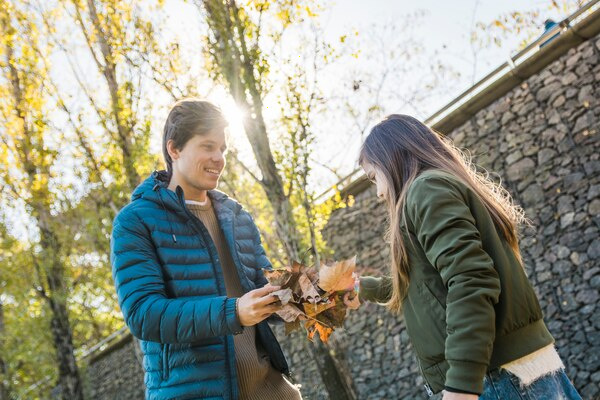The Fusion of Art and Nature through Symbiotic Relationships
Art and nature often exist in a harmonious dance, where each influences and enhances the other, creating a symbiotic relationship that captivates the human imagination. The melding of these two realms can be seen in a variety of forms, from landscape painting to environmental sculpture, each serving as a testament to their interconnectedness.

Historically, nature has served as a profound source of inspiration for artists. The Renaissance period, for example, saw a resurgence of detailed botanical illustrations and an emphasis on the natural landscape. Artists like Leonardo da Vinci and Albrecht Dürer meticulously studied and depicted the natural world, striving for accuracy and beauty. These works not only celebrated nature but also advanced scientific knowledge by documenting flora and fauna.
In contemporary times, this connection has evolved into environmental art, where the artwork is created in nature, uses natural materials, or addresses environmental issues. Artists like Andy Goldsworthy and Robert Smithson exemplify this movement. Goldsworthy's ephemeral works, crafted from ice, leaves, and stones, are deeply rooted in their natural settings, changing and decaying with the elements. Smithson's "Spiral Jetty," a massive earthwork on the shore of Utah's Great Salt Lake, directly engages with the landscape, blurring the line between human intervention and natural formation.
Moreover, nature itself can be seen as an artist. Ecosystems arrange themselves in ways that are aesthetically pleasing to the human eye, from the symmetrical beauty of a snowflake to the complex interplay of colors in a coral reef. This concept is encapsulated in the field of biomimicry, where designers look to nature's solutions for inspiration in creating sustainable human technologies and structures.
The relationship between art and nature also extends to the realm of urban spaces, where city planners and architects strive to incorporate natural elements into their designs. Vertical gardens, green roofs, and urban parks serve as living artworks, enhancing the well-being of city dwellers while promoting biodiversity and sustainability.
In essence, the fusion of art and nature through symbiotic relationships is not simply about aesthetic enhancement; it is a mutualistic interaction that nurtures both realms. Art brings attention to the beauty and fragility of nature, while nature offers endless inspiration and materials for artistic expression. This dynamic relationship reminds us of the interconnectedness of all living things and the importance of preserving our natural world.
As our environmental challenges become more pressing, the alliance between art and nature takes on a crucial role. Artists have the power to evoke emotional responses and inspire action, making them key players in the movement toward environmental conservation and sustainability. Through their works, they can communicate complex ecological messages and underscore the urgency of protecting our planet for future generations.
Ultimately, the fusion of art and nature invites us to observe, reflect, and act, fostering a deeper appreciation for the world around us and reinforcing the idea that we are an integral part of the broader tapestry of life.